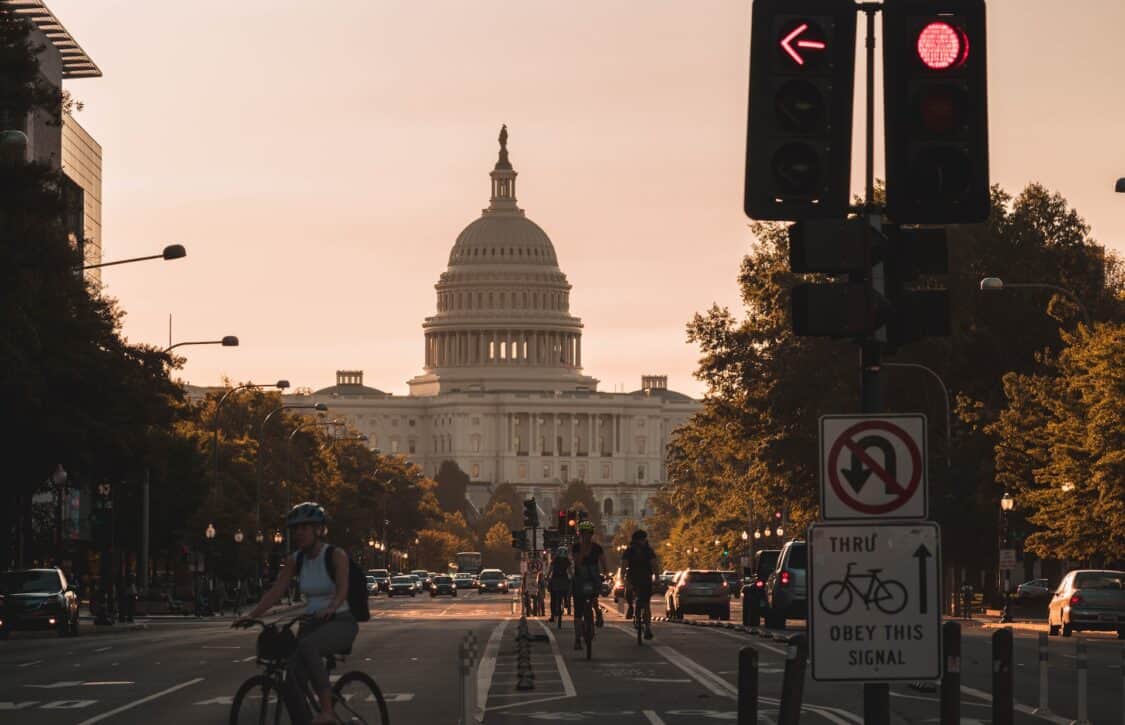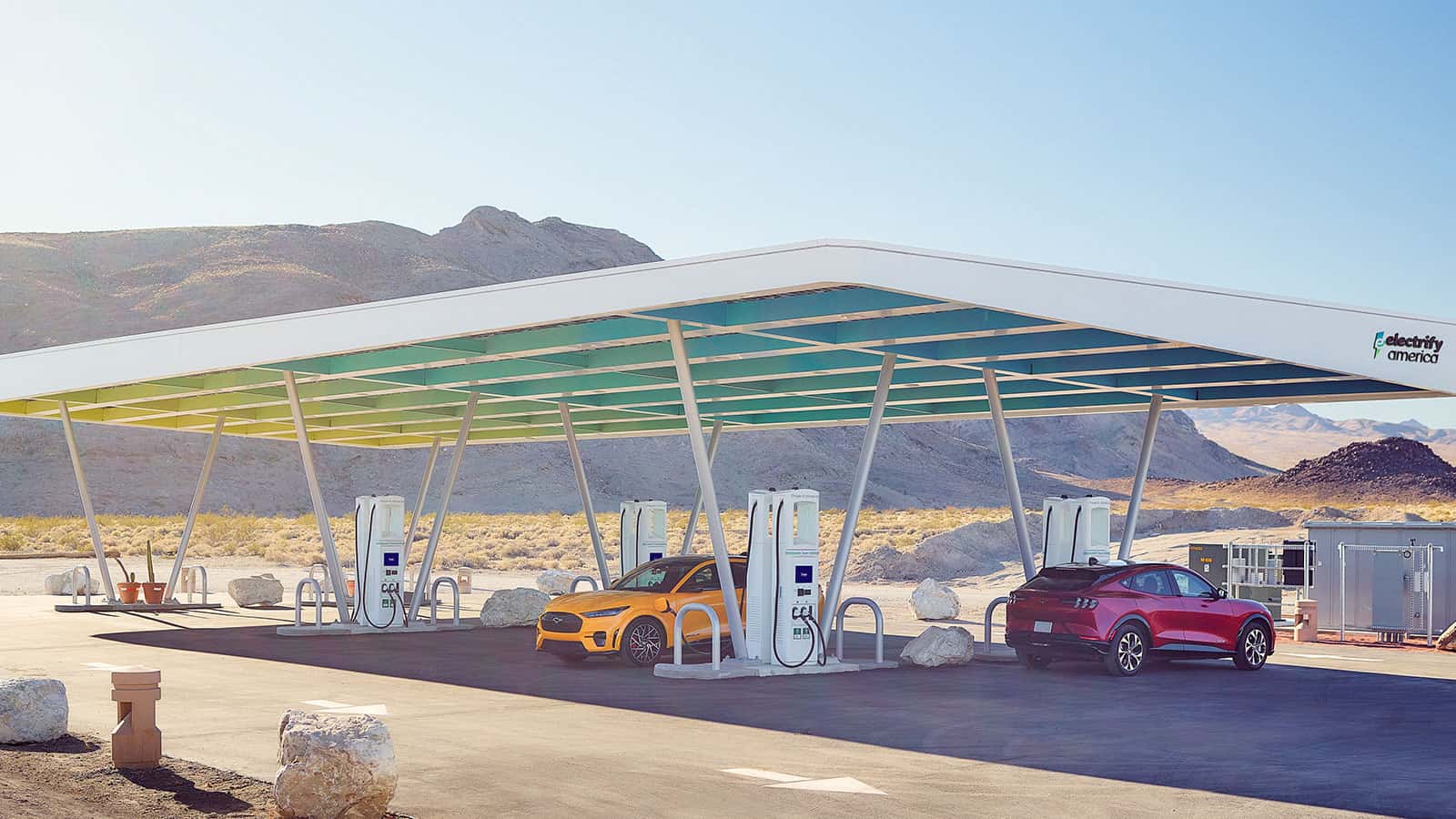- The EPA is pushing hard to institute new tailpipe emission restrictions in the U.S.
- Proposed regulations would be so stringent that most carmakers would have to make around two-thirds of their vehicles be EVs in the future.
- Despite skepticism from consumers, the current administration is supporting going electric for transportation, all the way to heavy-duty fleets.
The Environmental Protection Agency (EPA) proposed new car pollution rules this week. For one thing, these new EPA tailpipe emission rules could push EVs to make up two-thirds of new cars sold in the U.S. by 2032. The goal is to cut planet-warming pollution from cars in half.
The EPA anticipates that the new rules would mean EVs could also make up almost 50% of all new medium-duty vehicles by model year 2032. The proposed regulations would also introduce stronger standards for heavy-duty vehicles such as dump trucks, transit and school buses, and public utility trucks. These new emissions standards would begin with model year 2027 vehicles.
Currently, transportation accounts for 27% of all greenhouse gas emissions in the U.S., according to the EPA. The agency is considering several different emissions proposals. These potential rules could result in anywhere from a 64% to 69% EV adoption rate by the early 2030s.
What Do the Proposed EPA Tailpipe Emission Rules Include?
The EPA is not trying to directly require that two-thirds of vehicles be zero-emission by 2032. Rather, the agency wants to set a standard for emissions, on average. That standard would be based on the size and type of vehicle being built.
The EPA says these new rules would be so stringent that it believes companies would need to produce 67% zero-emission vehicles to meet them.
The new proposed standards would cap carbon dioxide emissions from car and light truck fleets at 82 grams/mile by model year 2032. That’s a 56% reduction from the 2026 target.
Of course, automakers could come up with other ways to meet these proposed rules, as the policy is “technology-neutral.”

Administration Is Pushing EVs As the Future, Despite Pushback
The Biden administration’s proposal could be a pivotal moment for the U.S. auto industry and consumers. Thomas Boylan, regulatory director for the EV trade group Zero Emission Transportation Association, commented that “this is really going to set the tone for the rest of the decade and into the 2030s in terms of what this administration is looking for the auto industry to do when it comes to decarbonizing and ultimately electrifying.”
On the other hand, a Gallup poll released Wednesday suggested that Americans are not yet sold on the idea. Over 40% of respondents said they wouldn’t buy an EV. The poll suggested that consumers haven’t yet embraced the potential climate benefits of transitioning to EVs. Six in ten respondents said they believe EVs help the environment “only a little” or “not at all.”
However, EVs can at least save consumers money, since they don’t have to pay for gas or the same level of maintenance an ICE car requires. Michael Regan, EPA Administrator, emphasized that “this is a huge opportunity for everyone in this country.” The Biden administration’s infrastructure law will fund a network of EV charging stations combined with consumer tax credits.
Various Efforts Continue to Lessen Tailpipe Emissions
Other regions, including the E.U. and China, are moving faster toward adopting EVs. California has proposed that zero-emissions vehicles make up 70% of new car sales by 2030. Likewise, 17 other states plan to follow a similar plan.
Still, Margo Oge, chair of the International Council on Clean Transportation and a former Obama EPA official, commented that the aggressive transition to EVs is doable. She noted that the industry is already there, and companies are global.
One bonus is the new federal tax credits that will kick in this month. Those tax incentives could help Americans save up to $7,500 on an EV. However, there are some complex requirements for a new car to qualify for those credits.
Boylan still insists these proposed EPA tailpipe emission rules would provide “the stick to backstop these incentives and push the industry forward.”
The rules would be phased in gradually. This would give automakers and consumers multiple years before they fully go into effect.

FTC: We use income earning auto affiliate links. Learn more.





























